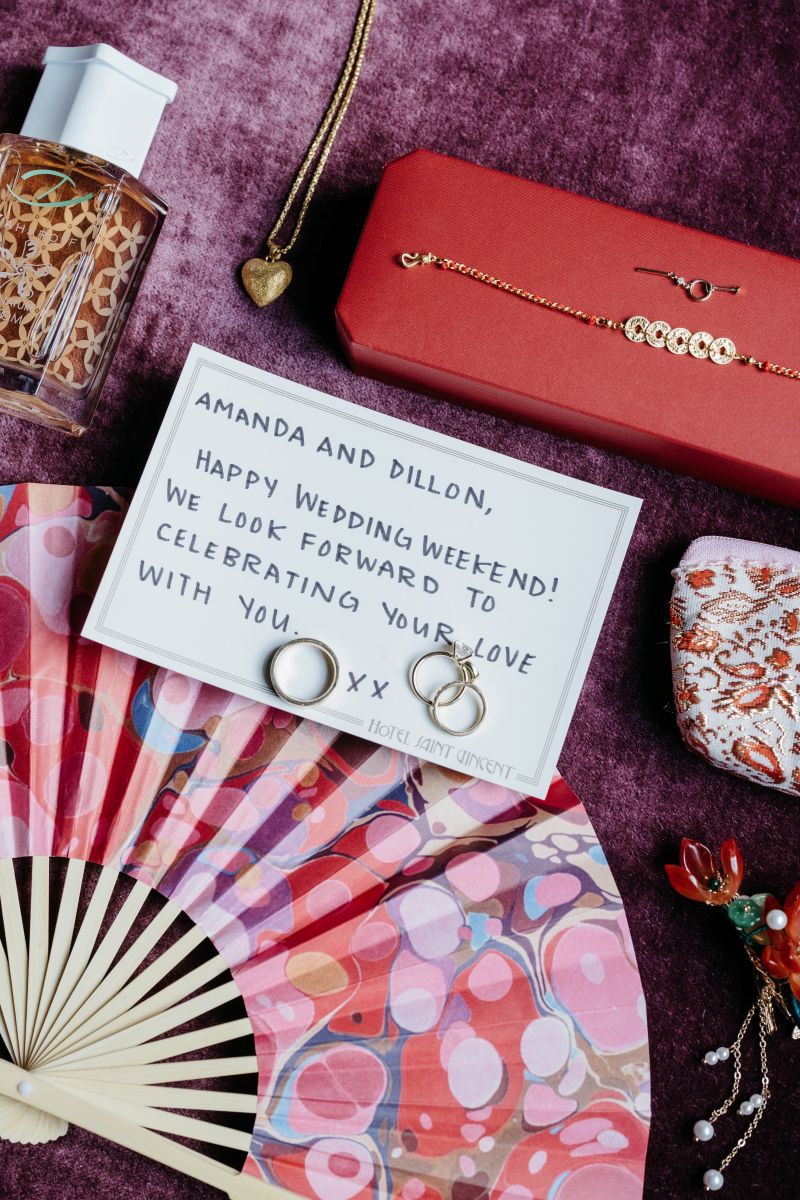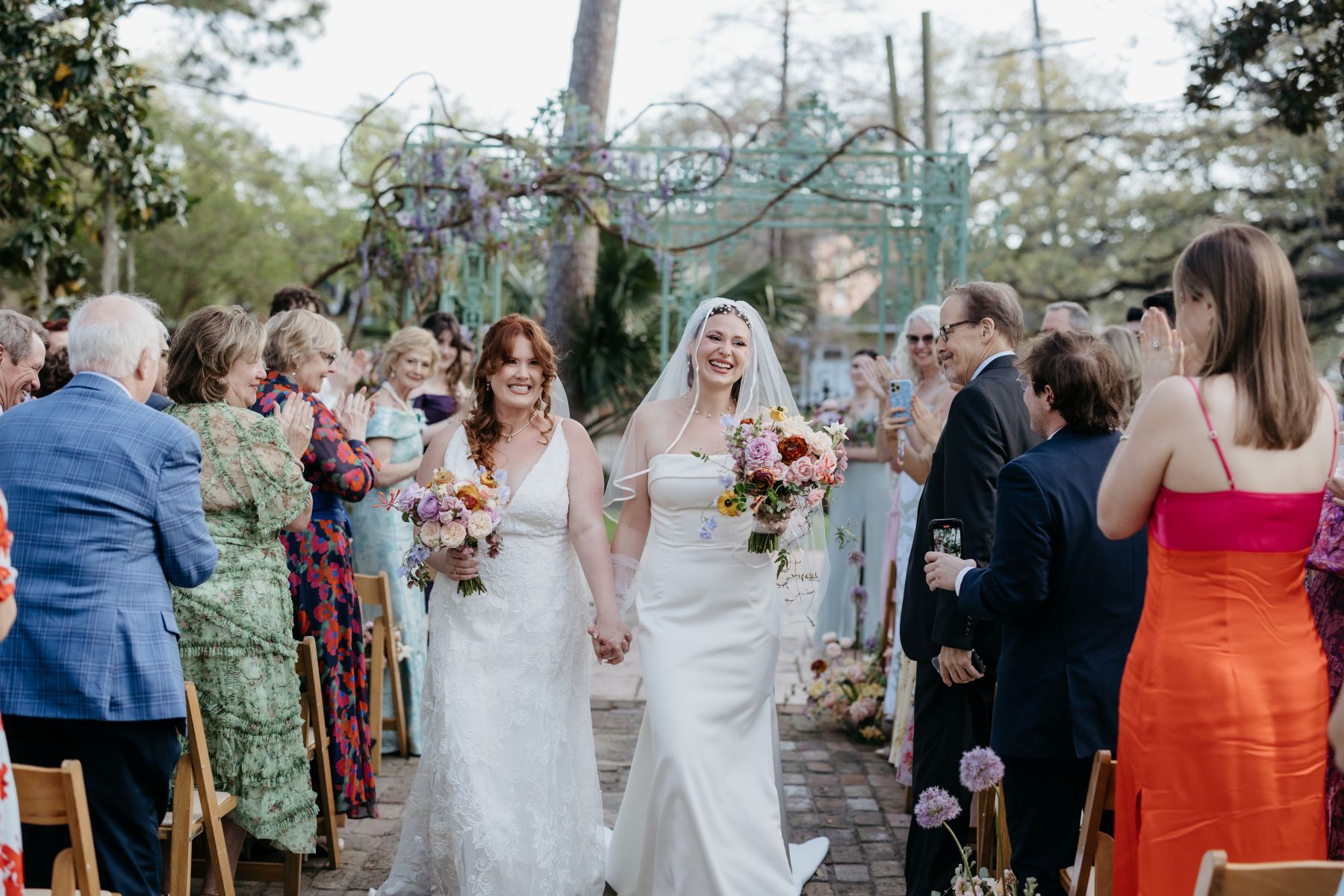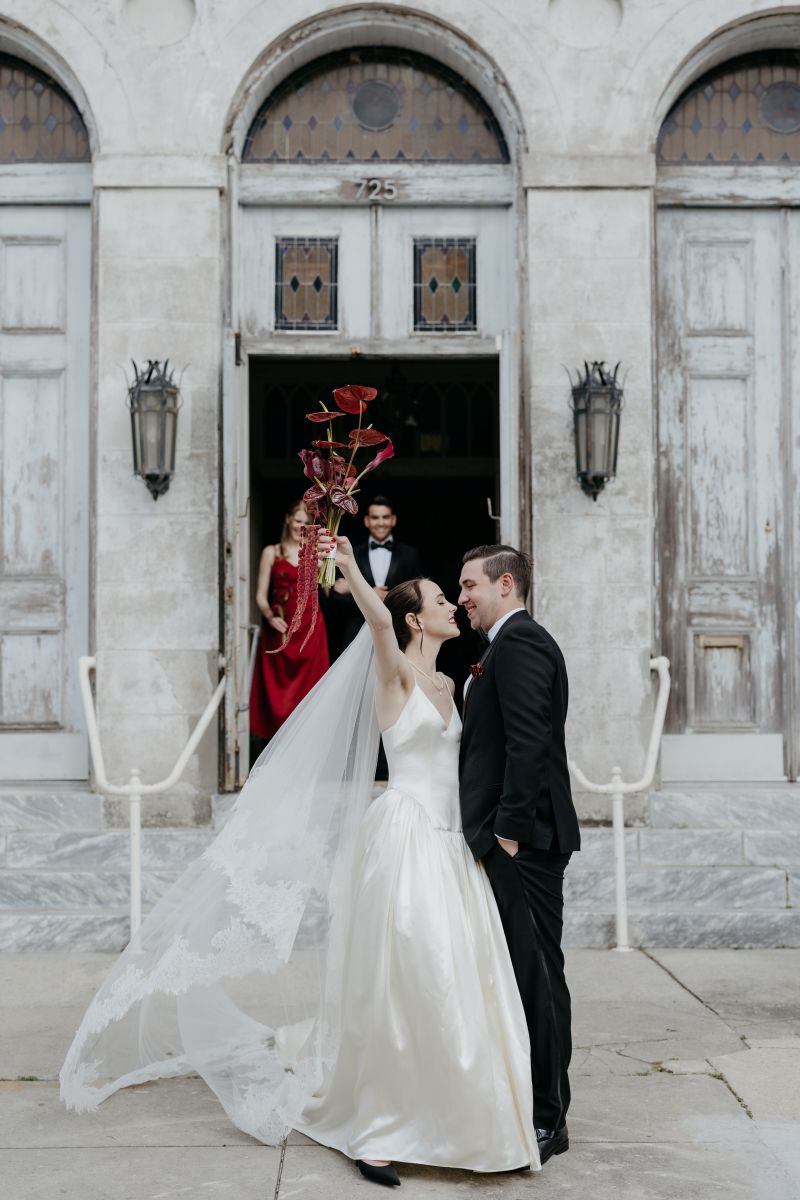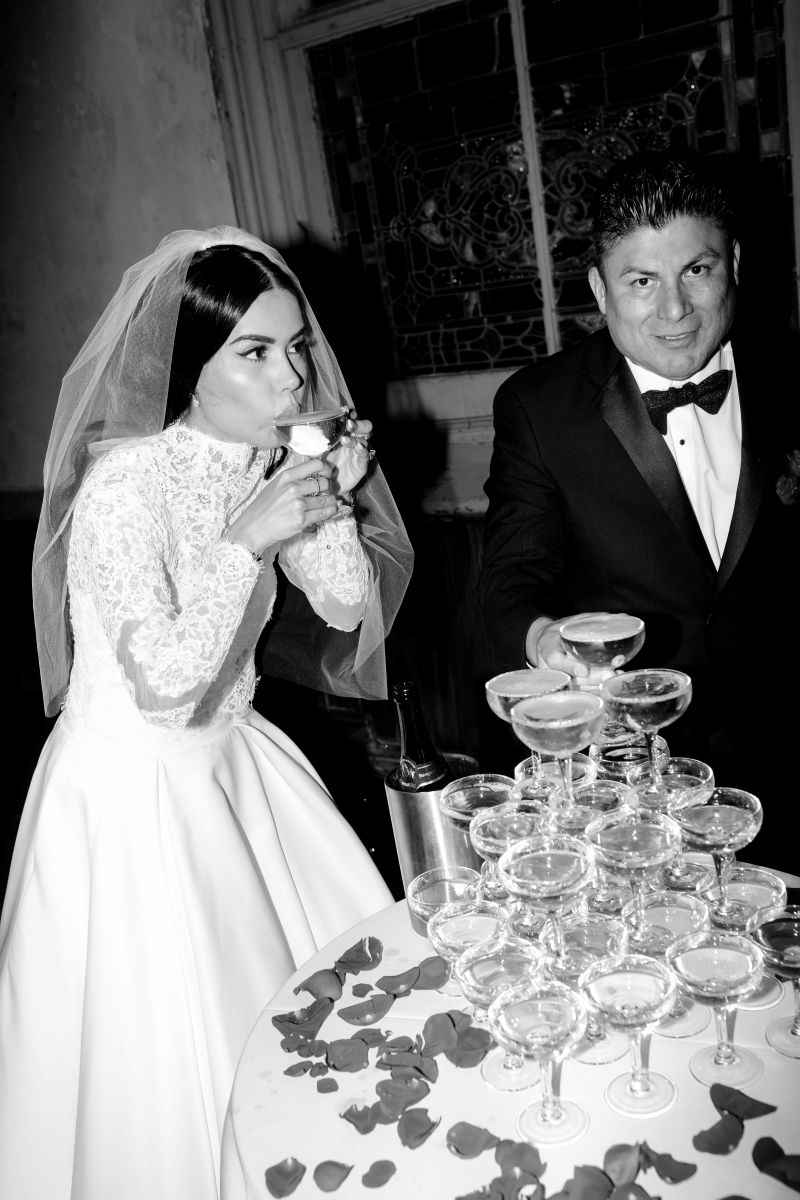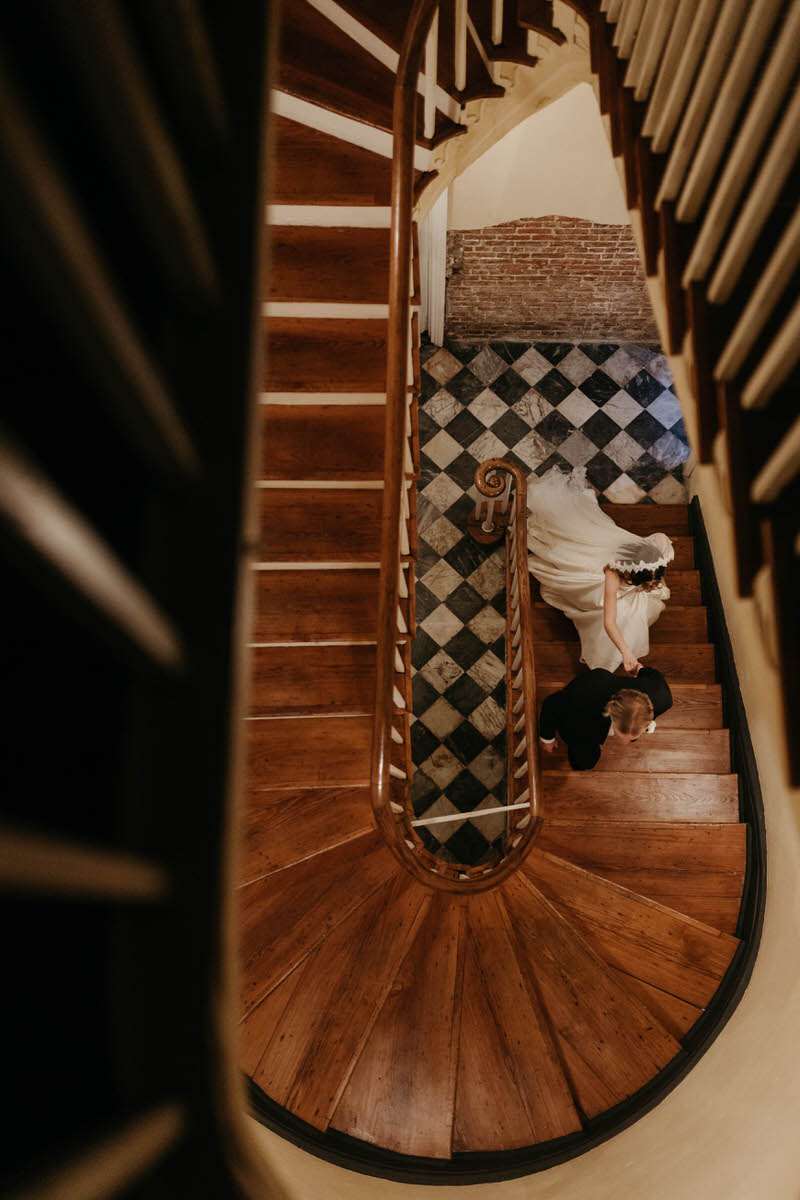When I first started exploring film photography, I wanted to find the best film camera. Like most people first starting out with something new, I relied heavily on Google to learn the different facets, but nothing teaches you more than experience. Over the last year, I’ve invested a lot of time experimenting with film cameras and varieties of film. Each is special in its own way, but there are some clear front runners! In this two-part blog series, I’ll review 35mm and instant film cameras.
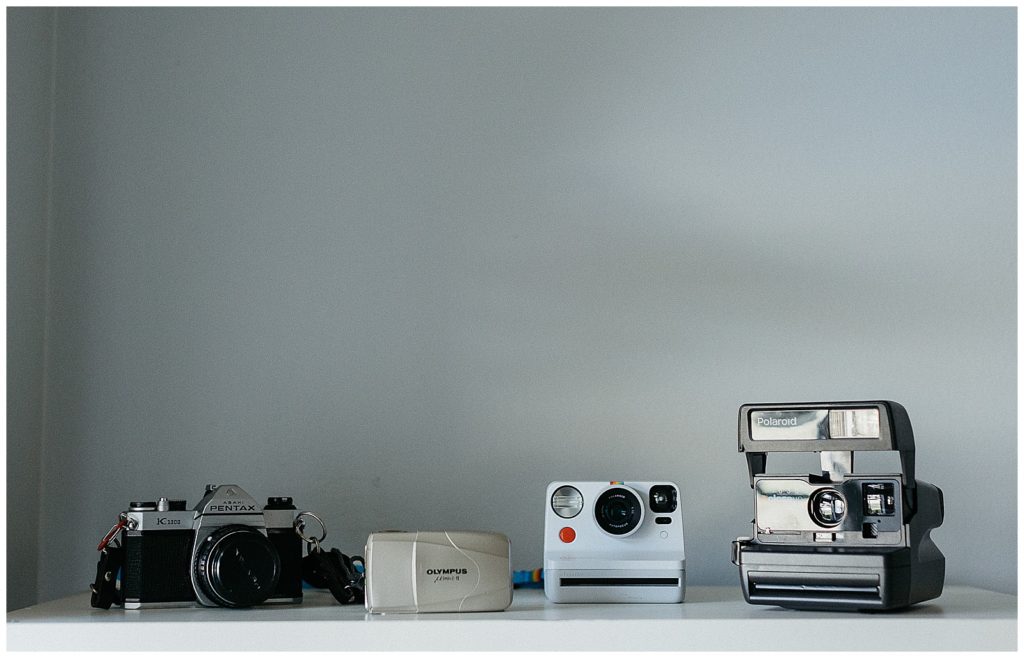
Finding the Best Film Camera
Now I frequently get asked not only what is the best film camera but also which camera and film stock I use. This roundup gives more insight into which 35mm film cameras I use for different situations. (I’ll do a deep dive on instant film cameras in Part 2 of this series.)

35mm Film Cameras
Most film cameras in circulation are either 35mm or medium format film. Medium format is physically larger than 35mm film, giving you higher resolution. However, a 35mm film camera is a perfect size for learning. It’s also more affordable with cameras and film stock being less expensive. I tend to use Kodak film stocks, and I love Kodak UltraMax 400. It’s more cost-friendly than Portra, and I love the tones.
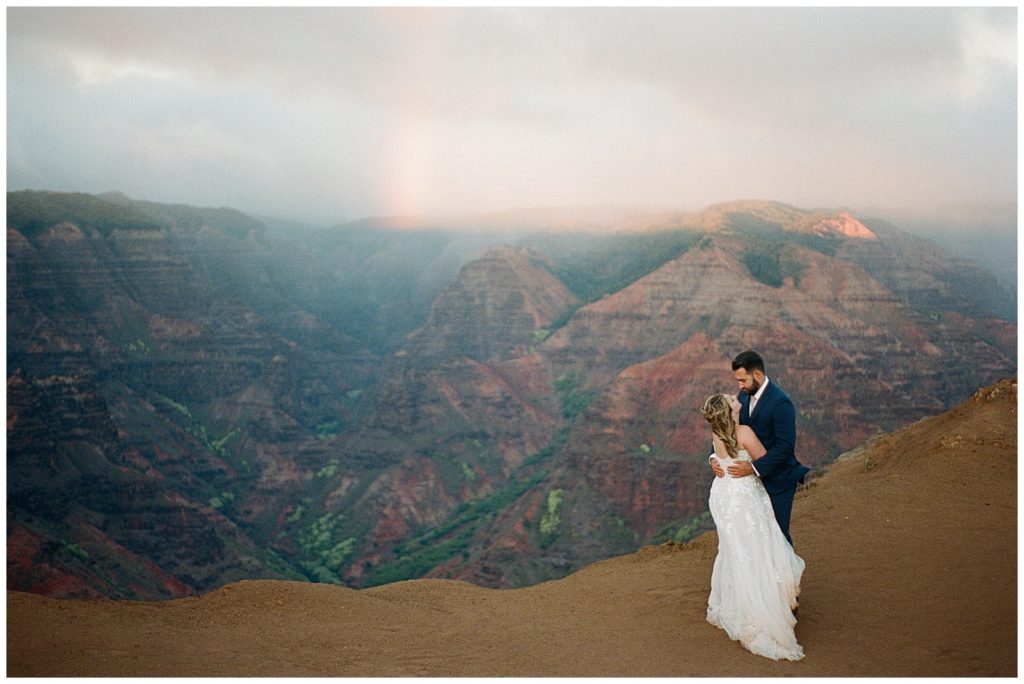
Here are some of my favorite 35mm cameras.
Pentax K1000
The Camera: This camera, which is probably four decades old, is my go-to for weddings and couples sessions. I absolutely love the way it captures stunning portraits and soft moments. Because it’s completely manual, the Pentax K1000 focuses you to slow down to adjust for lighting and other settings. If you already shoot in manual on a digital camera, this won’t be a big adjustment. It’s ideal for couples’ sessions and slower portions of a wedding day, such as portraits, details, and well-lit ceremonies.
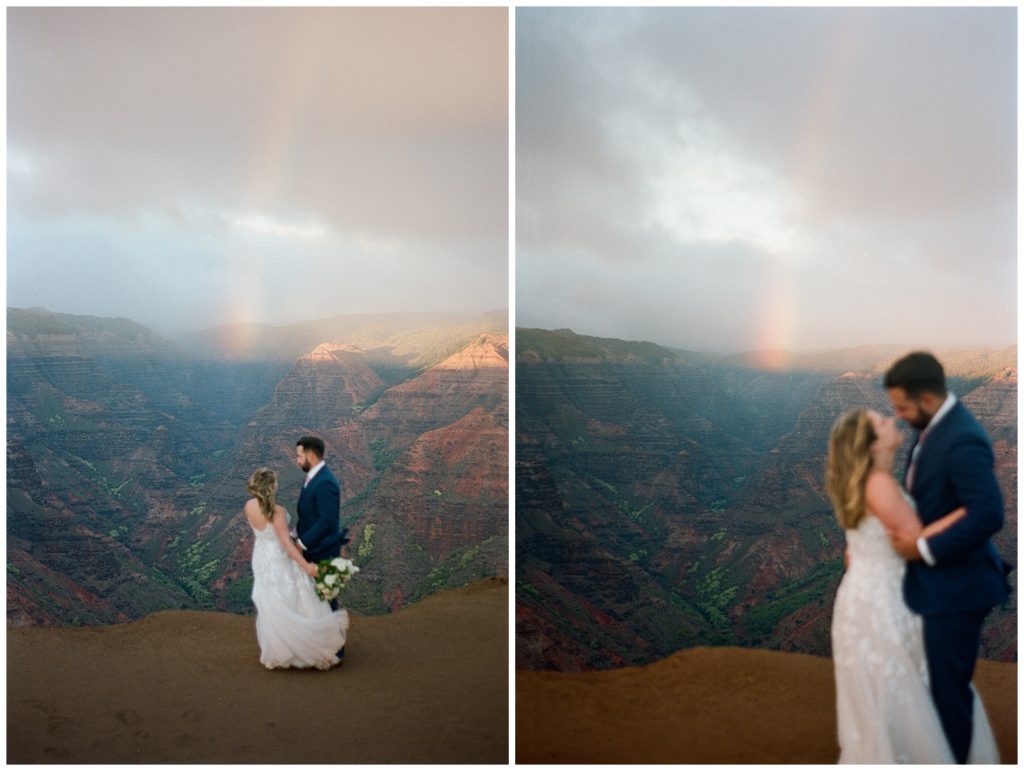
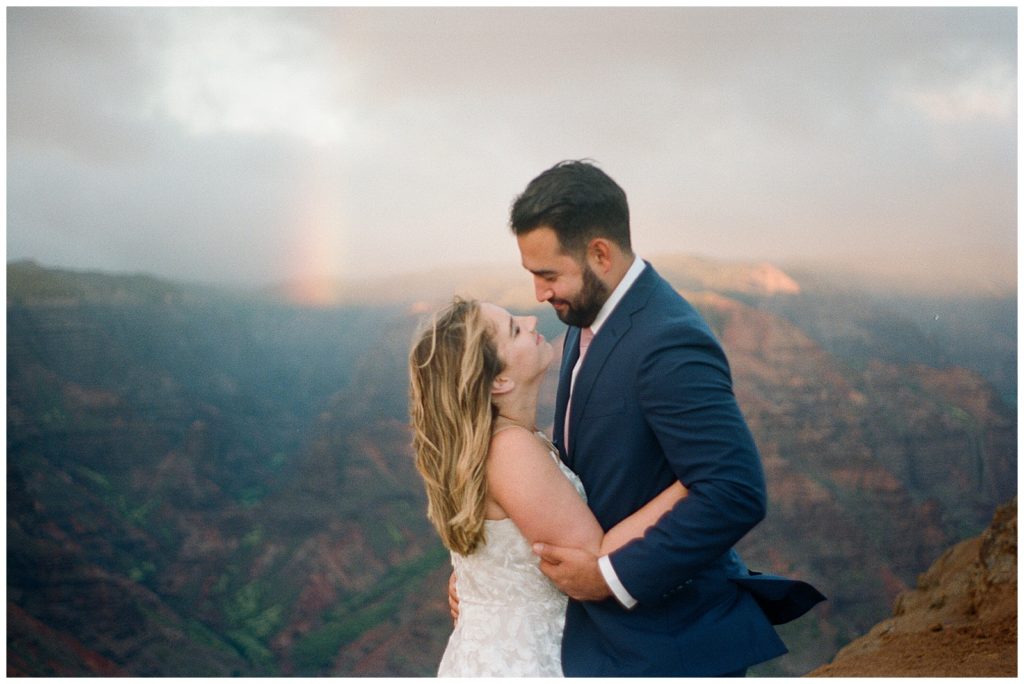
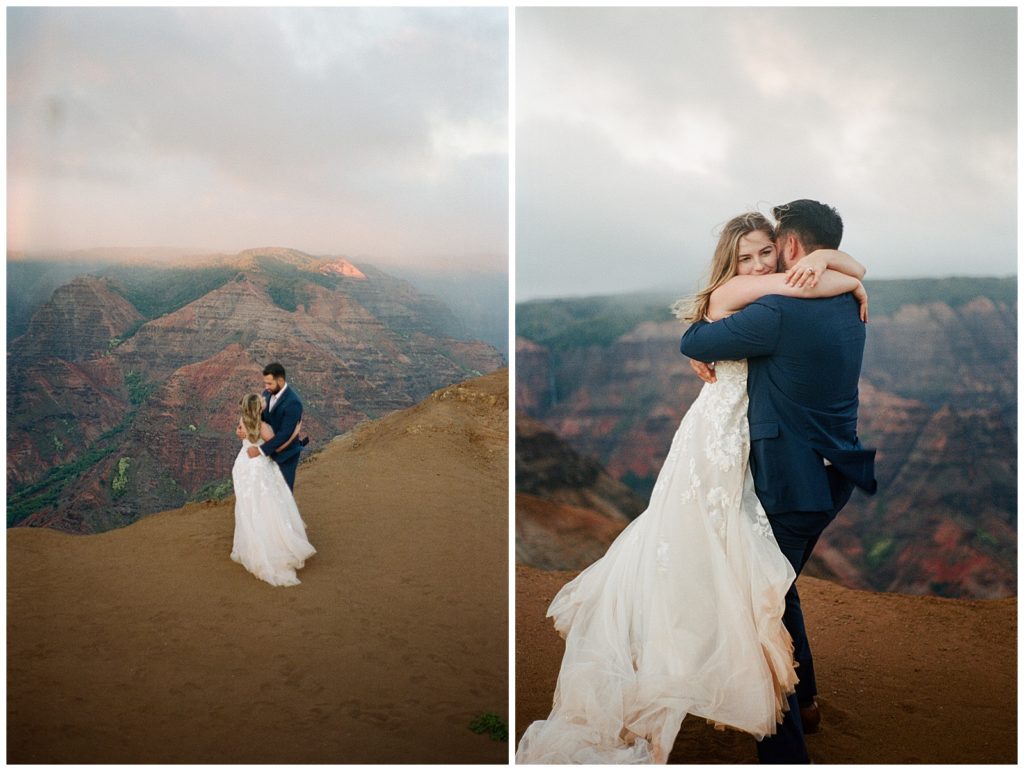
Pros: This camera captures beautiful images that give you the intimate feeling that’s so unique to film. The barrier to entry is fairly low as it’s one of the more affordable manual film cameras, and it has a cool vintage aesthetic.
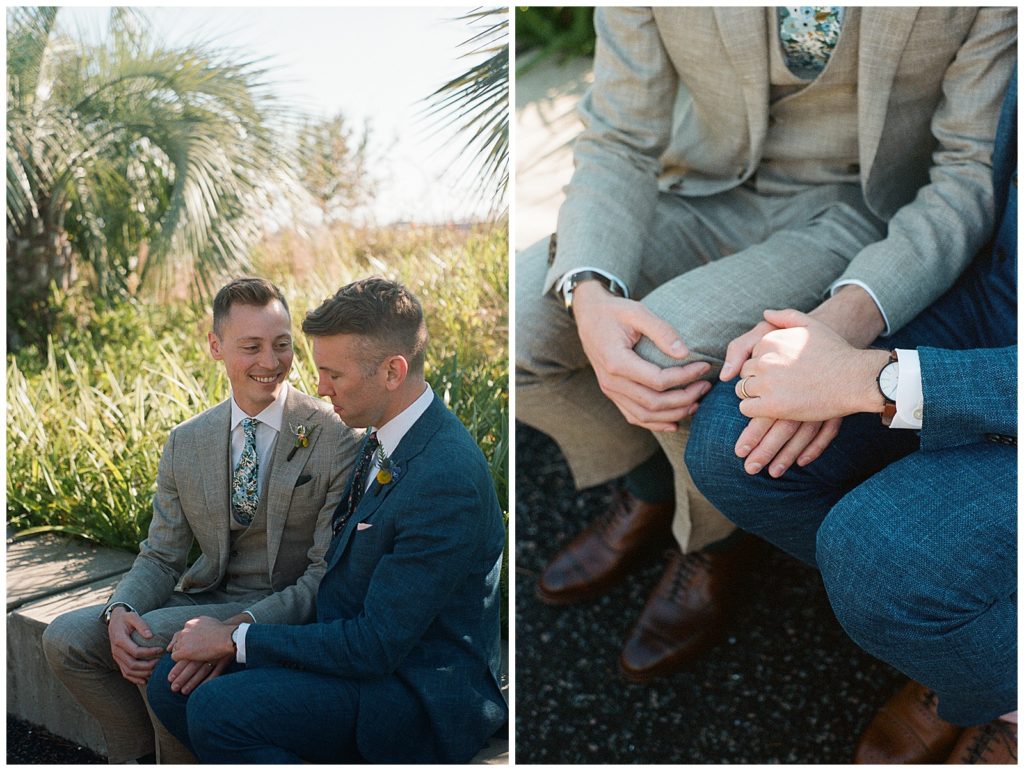
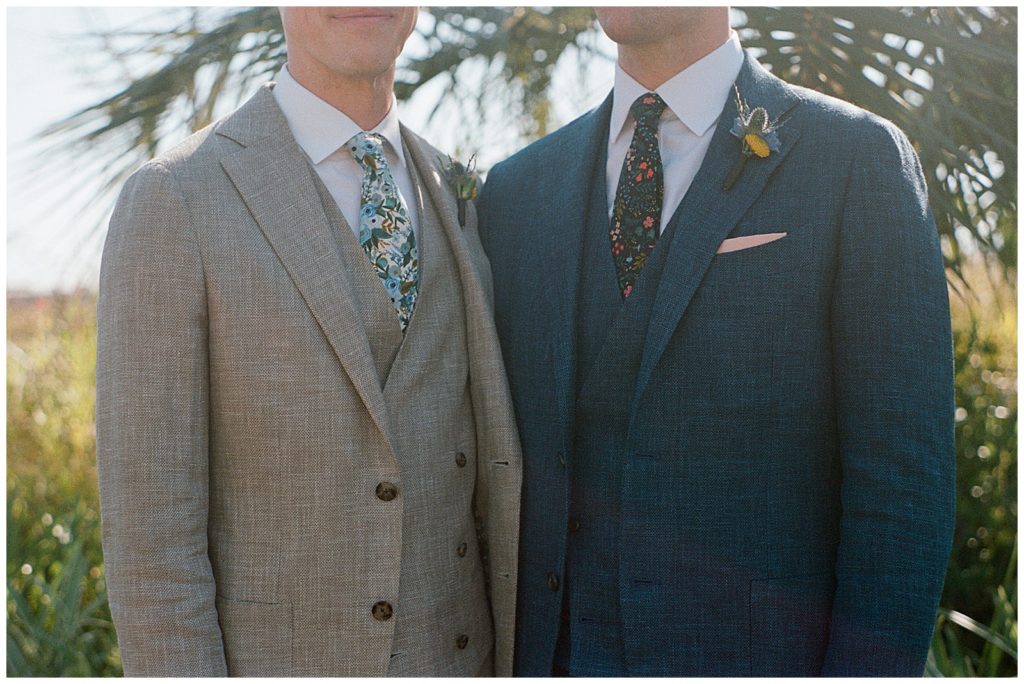
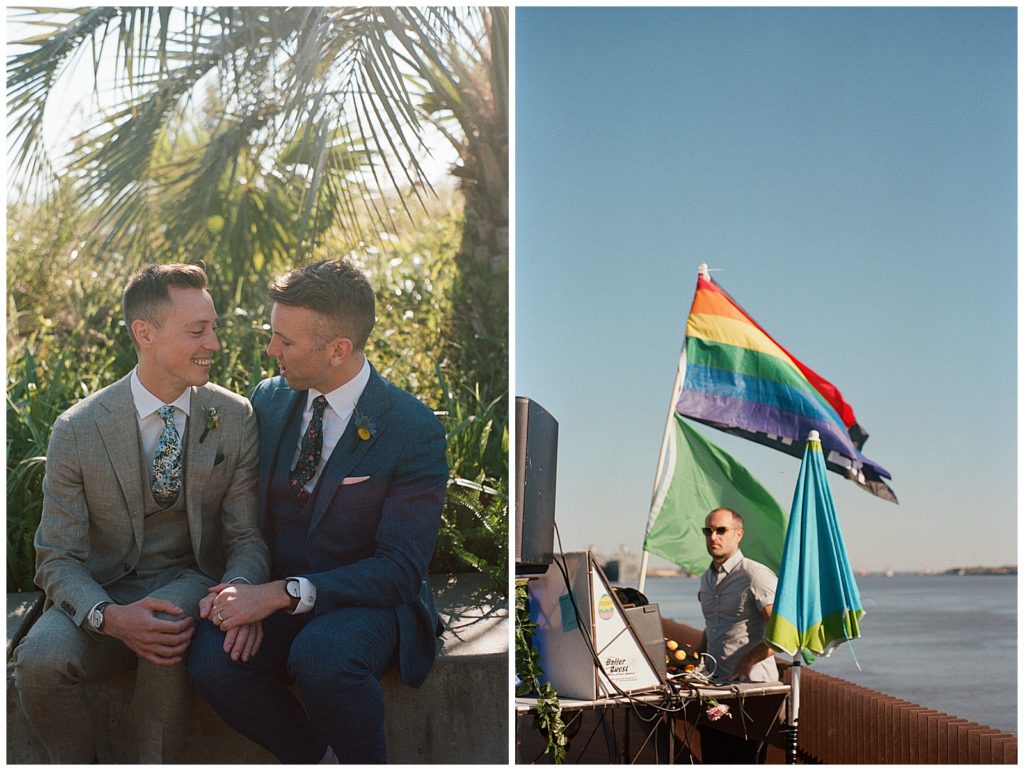
Cons: This isn’t an “easy” film camera in the sense that you have to be very comfortable adjusting settings. For example, my metering function doesn’t work, so I either use memory or a digital camera to determine the right setting. It’s also a very sensitive machine. If you’re in a hurry, you’ll want something that doesn’t get jammed quite so easily.

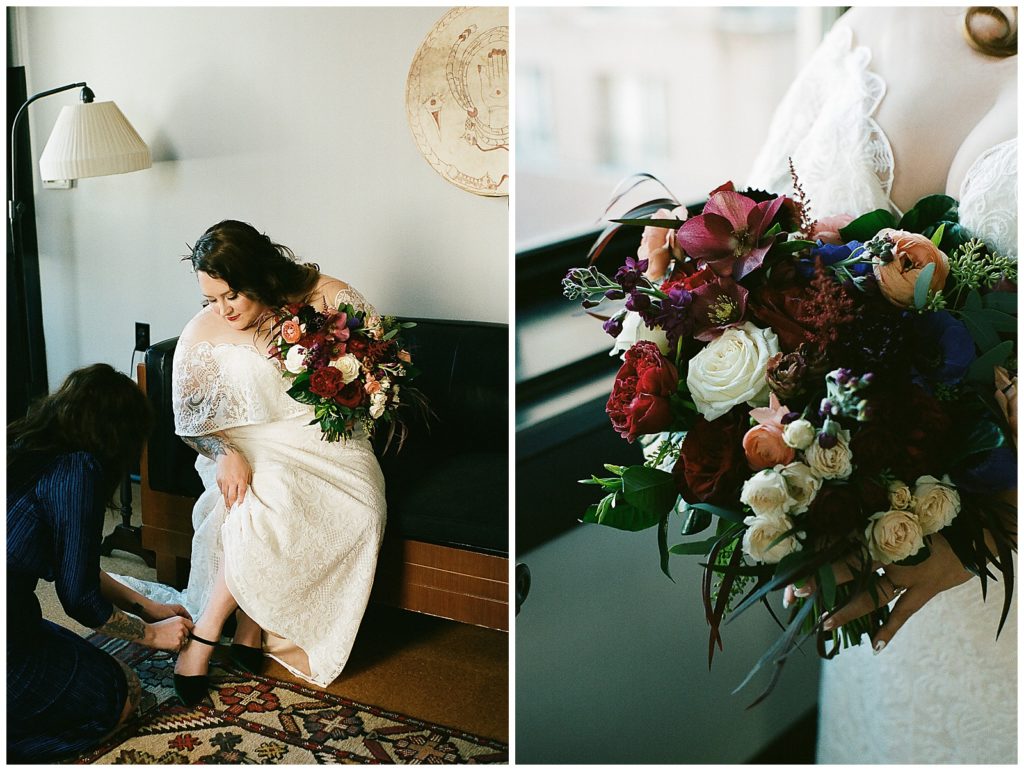
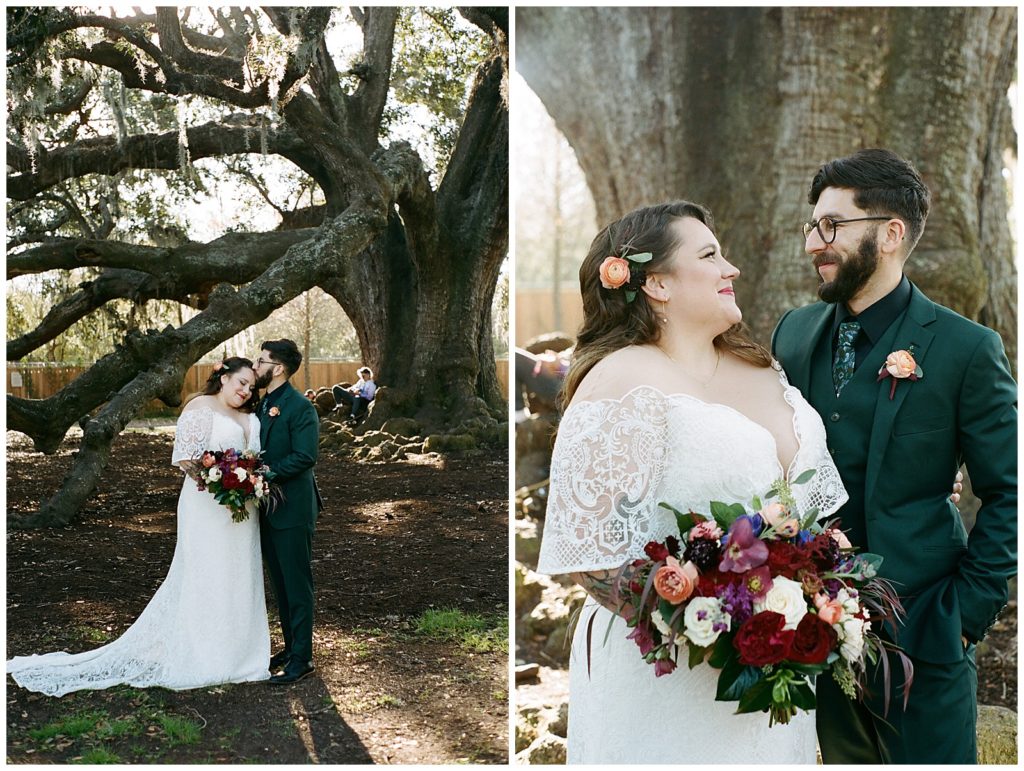
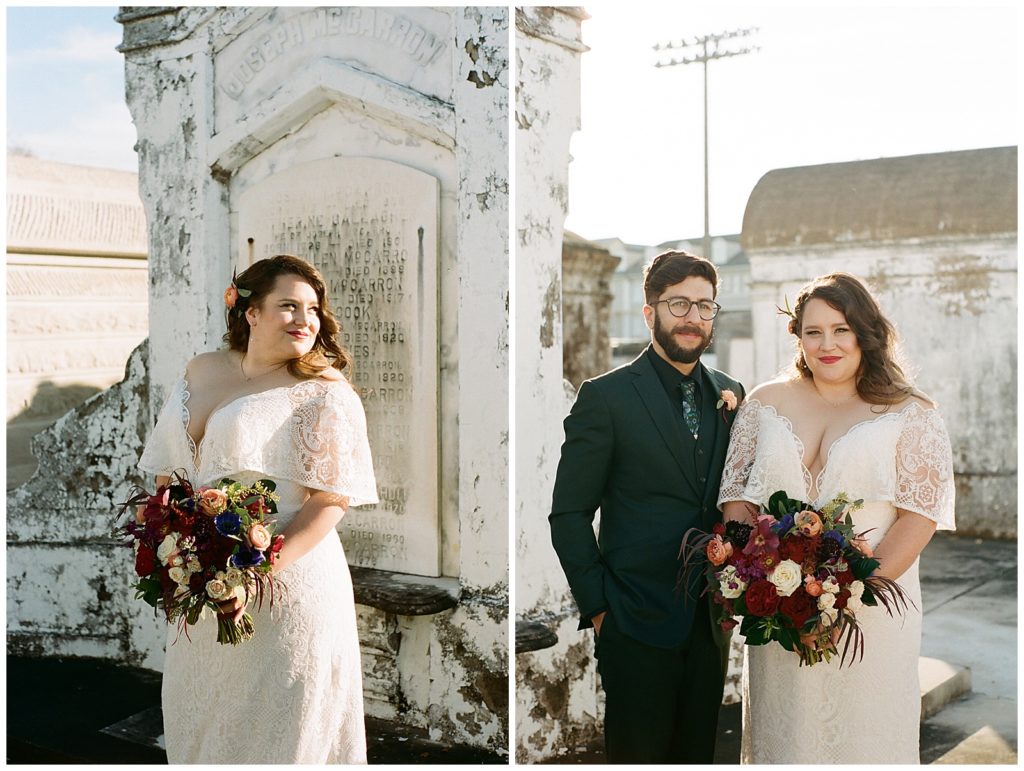
Canon AE-1
The Camera: The Canon AE-1 is comparable to the Pentax K1000, and the images they produce are similar.
Pros: My Canon AE-1 came with a beautiful Carl Ziess glass lens. The photos were stunning!
Cons: My Canon AE-1 was very old, so it broke quickly. I’m still sad about it!
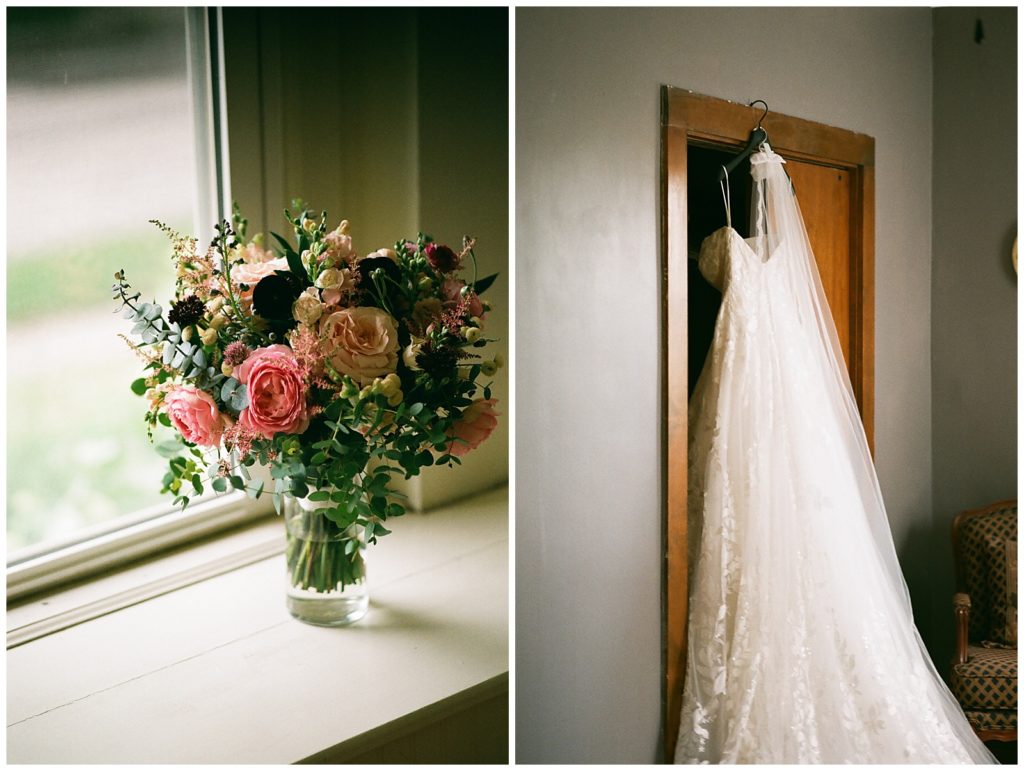
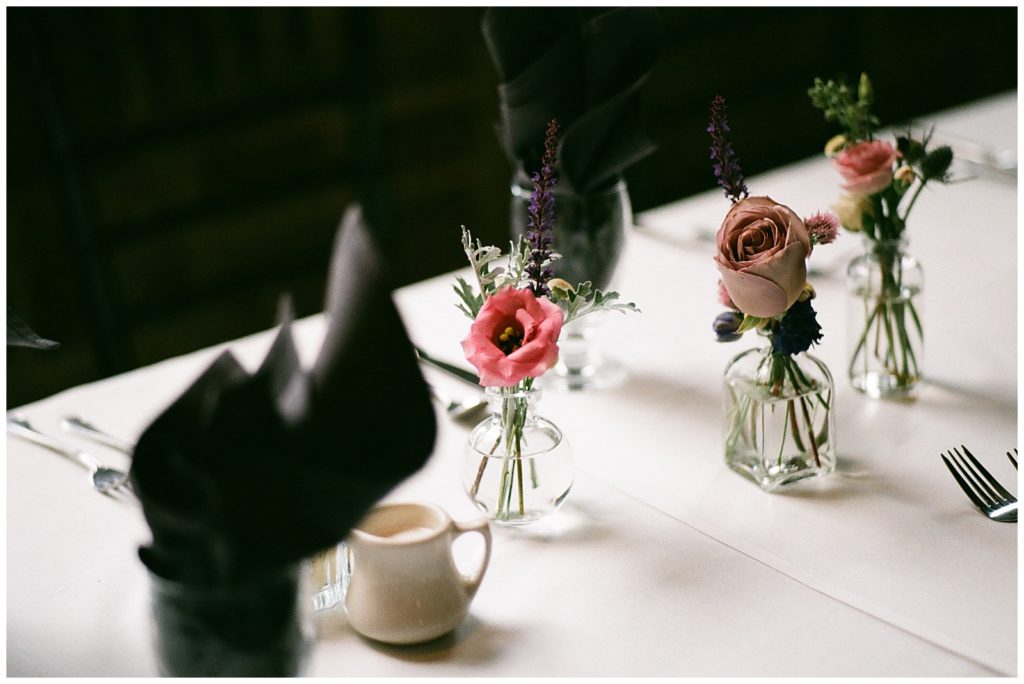
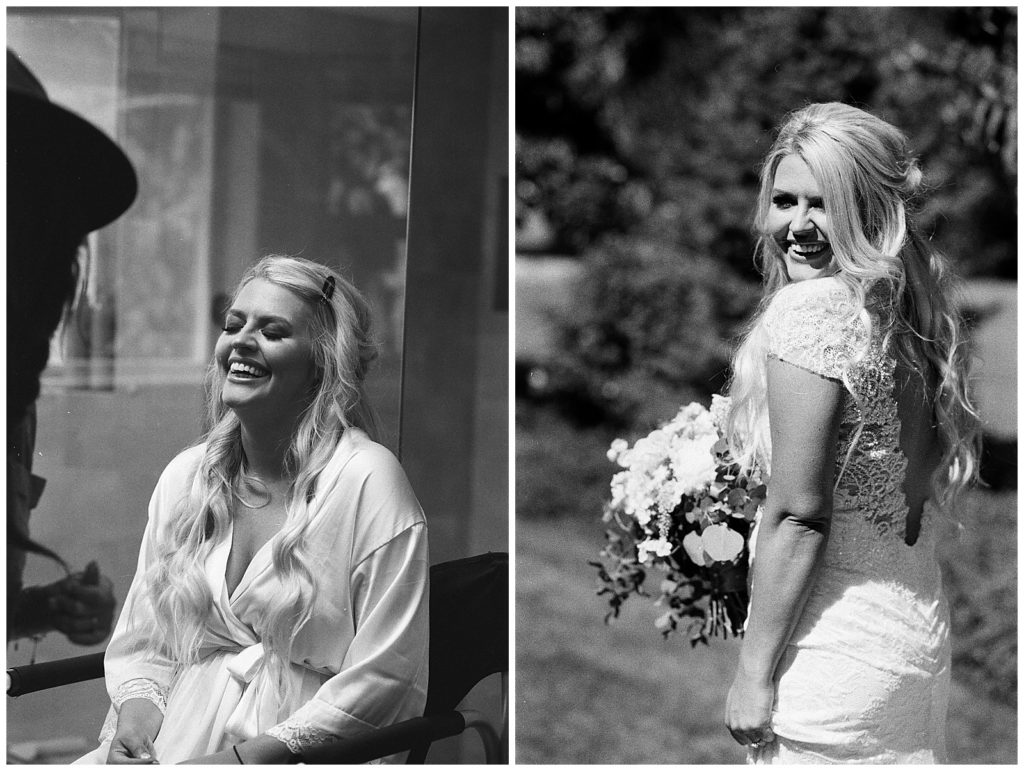
Olympus mju-II
The Camera: Unlike the other 35mm cameras above, the Olympus mju-II is great for fast-paced parts of a wedding day where the “feel” of the situation is more important than documenting the “look” exactly. It’s perfect for epic parties and vibe-y moments. This camera has a grungy 90s summer camp look.
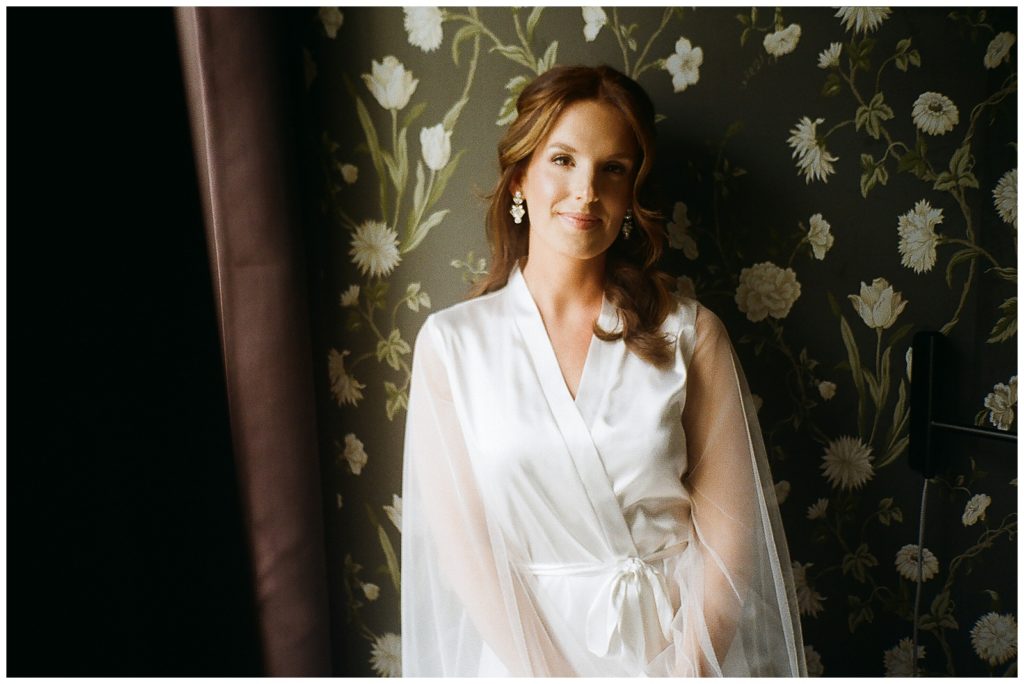
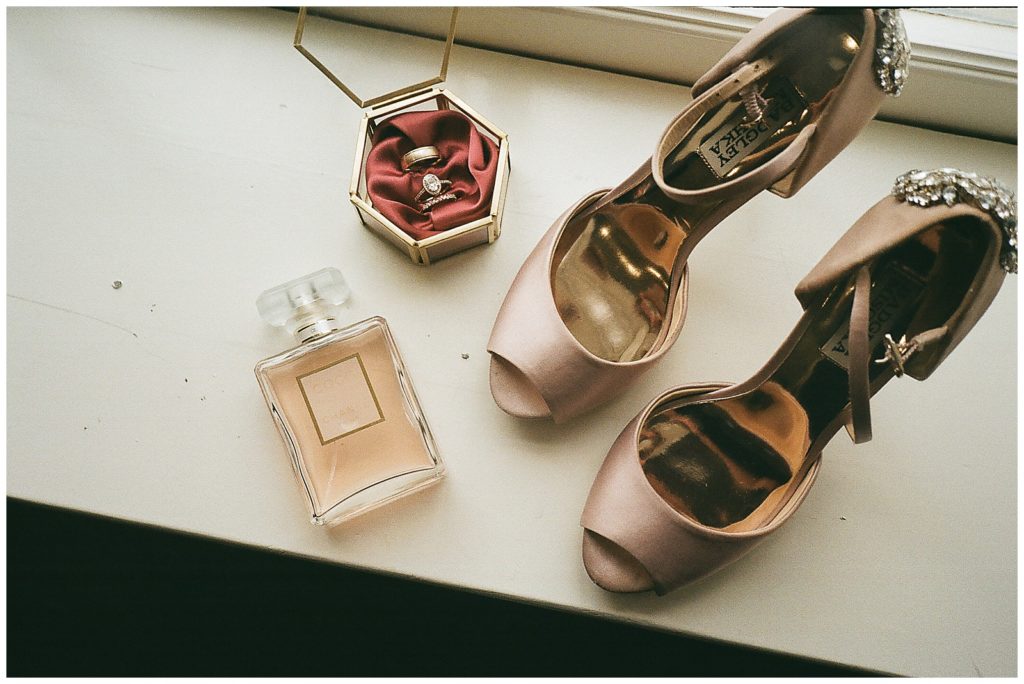
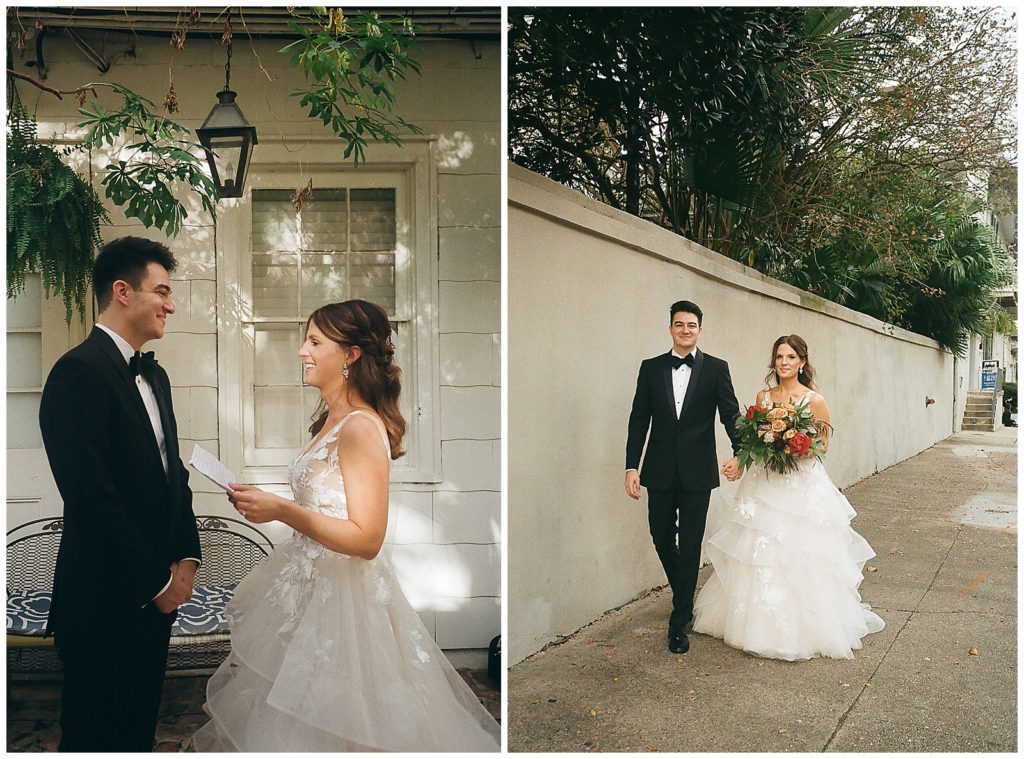
Pros: This camera is point and shoot, so you don’t need an extensive knowledge of manual settings. It’s fun for flash photography too. Since it’s water-resistant and splash proof, it’s good for everyday use.
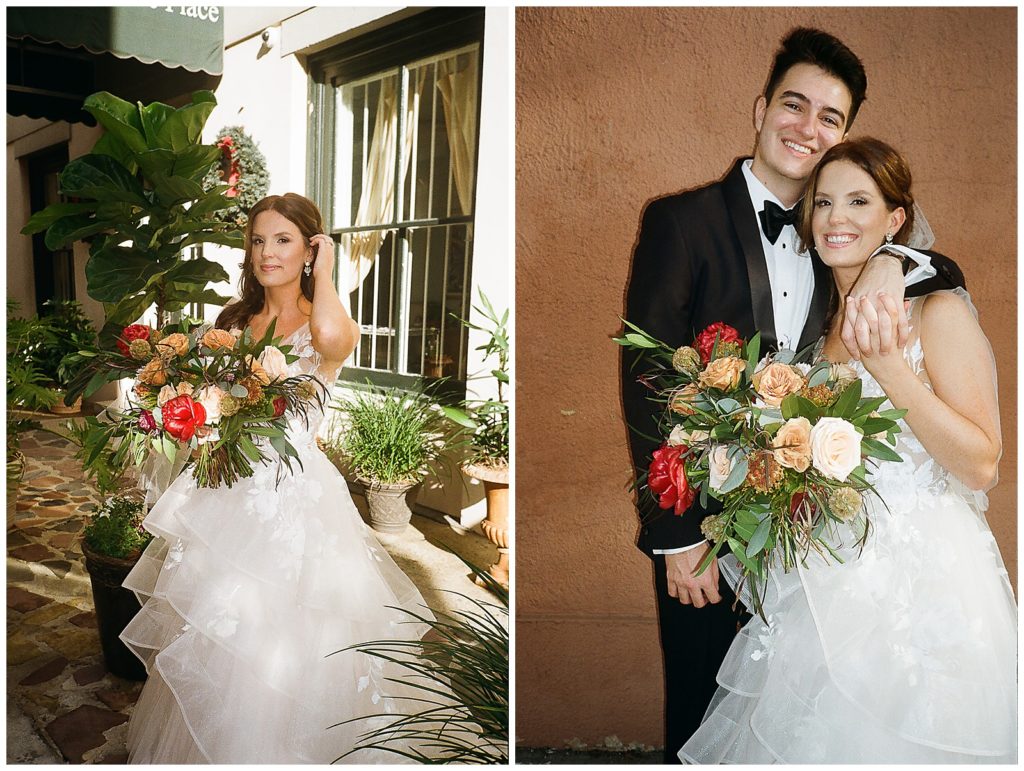
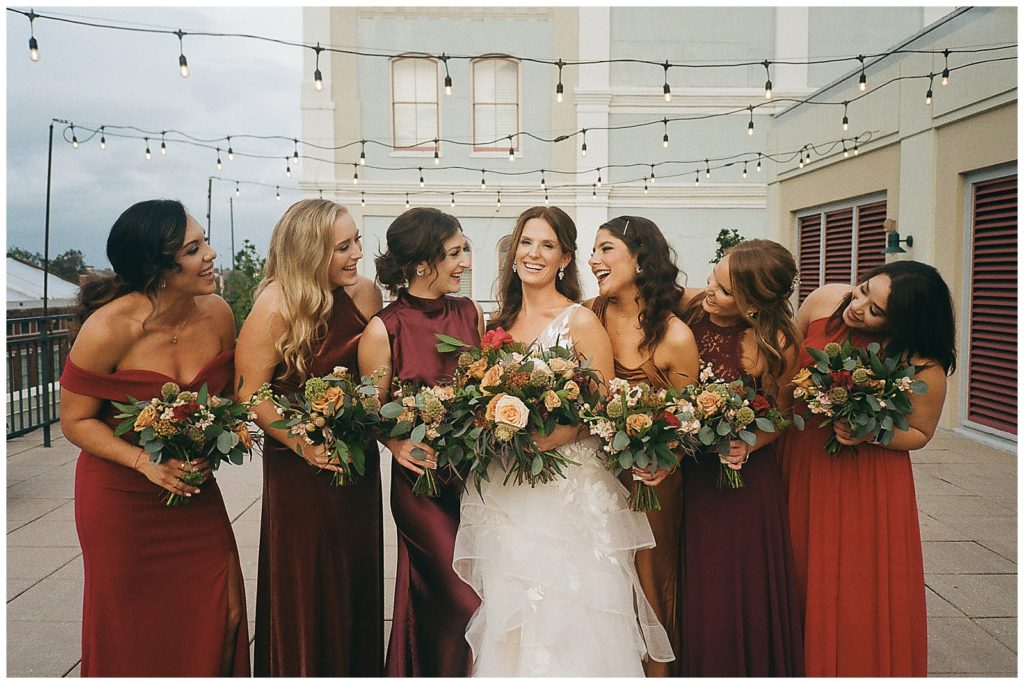
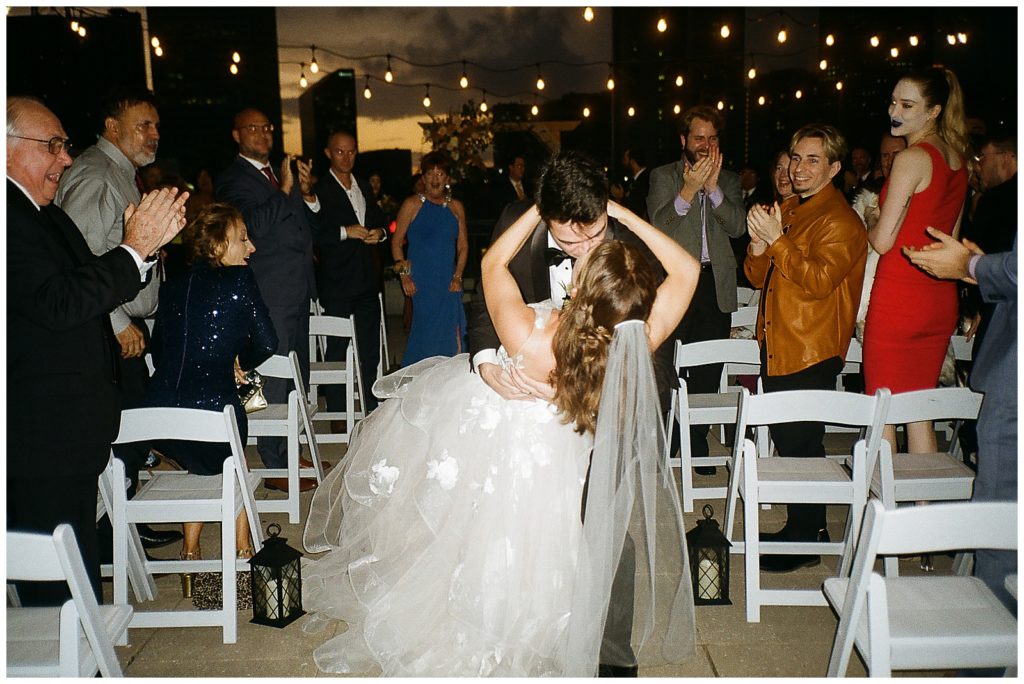
Cons: With point and shoot film, the quality of photos you can get in some situations is very limited. About 20% of the time, something goes awry with the settings. For example, sometimes the flash doesn’t fire at the right moment. Just embrace the imperfections! Unlike the Pentax K1000, this camera can cost upwards of $400 due to its popularity. This risk can be a bit of an investment because there aren’t many people who could fix it.
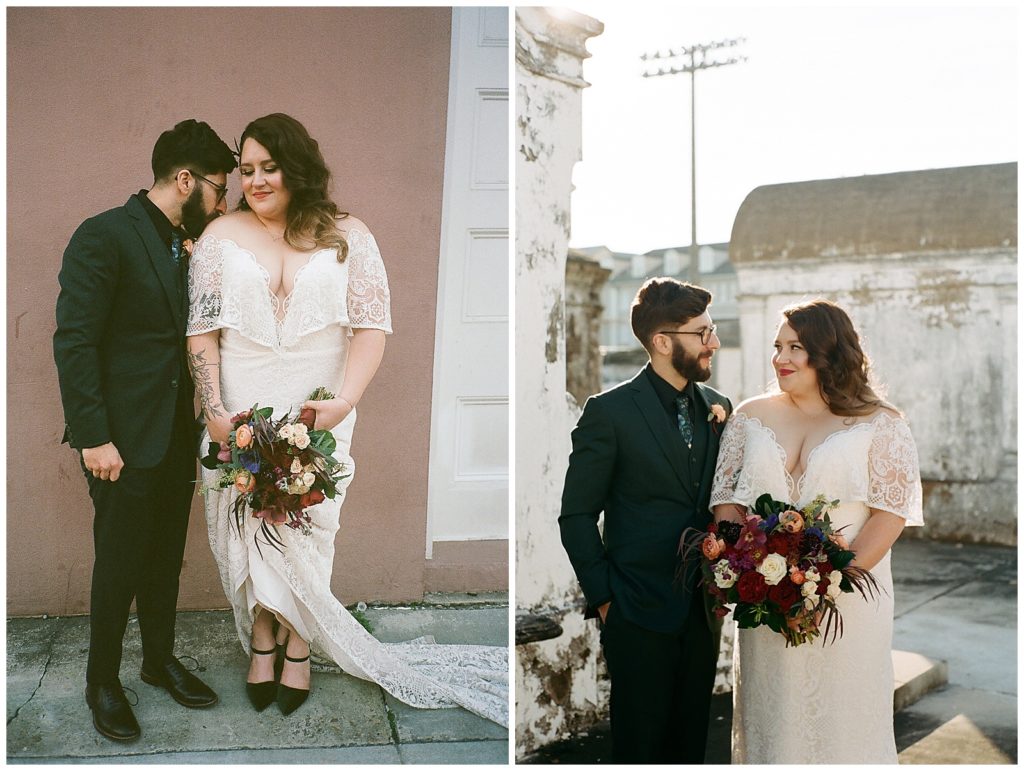
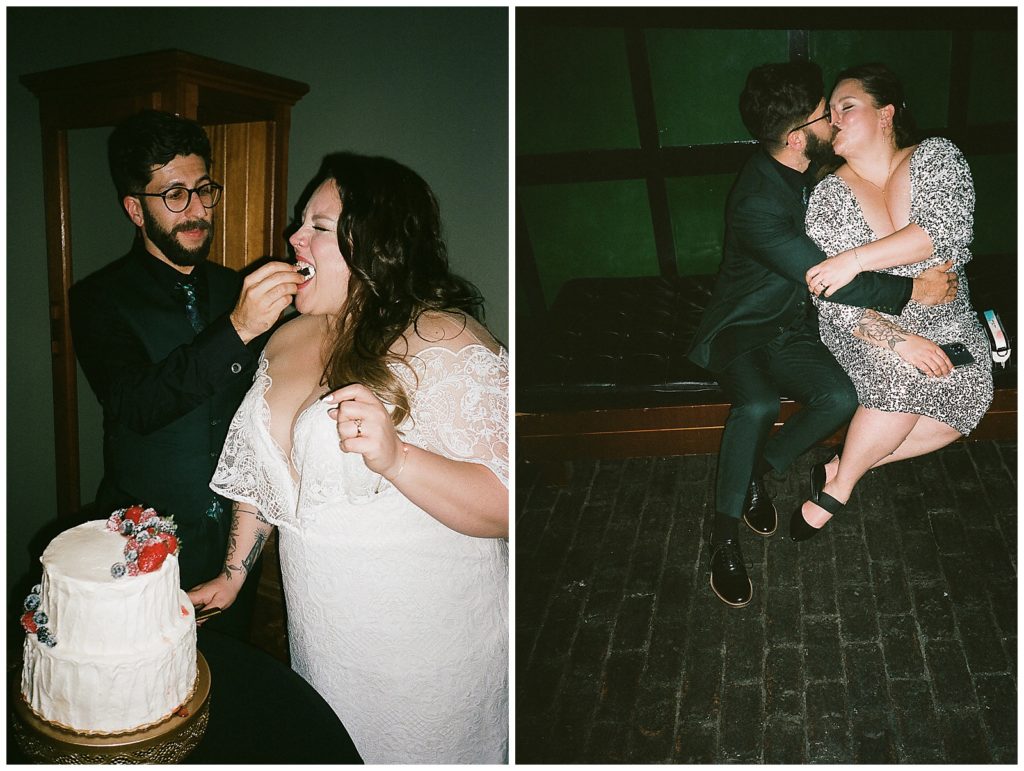
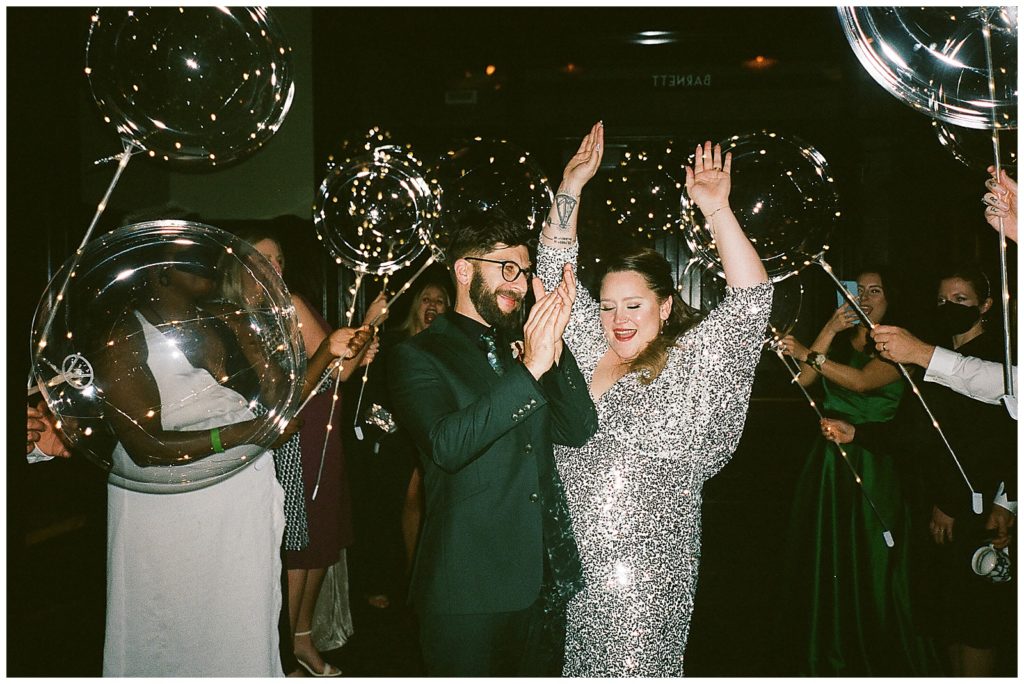
Disposable Film Cameras
The Camera: Believe it or not, disposable cameras can be a fun, convenient way to get great film images. I love the Kodak FunSavers! This is another good option for party pictures with a vintage vibe. I use disposables for my personal photos too.
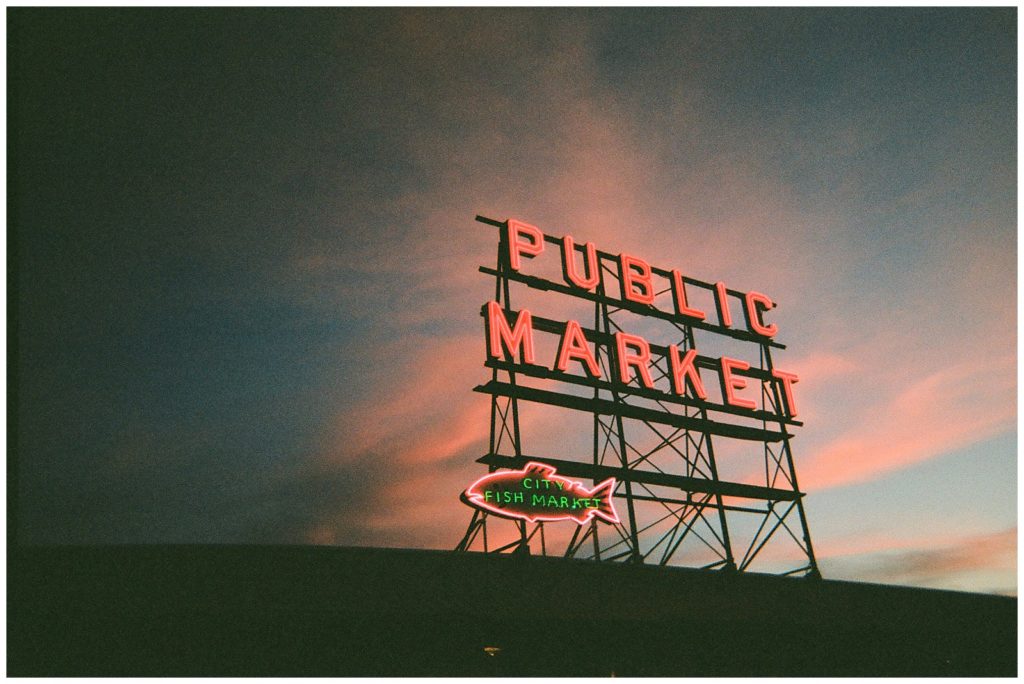
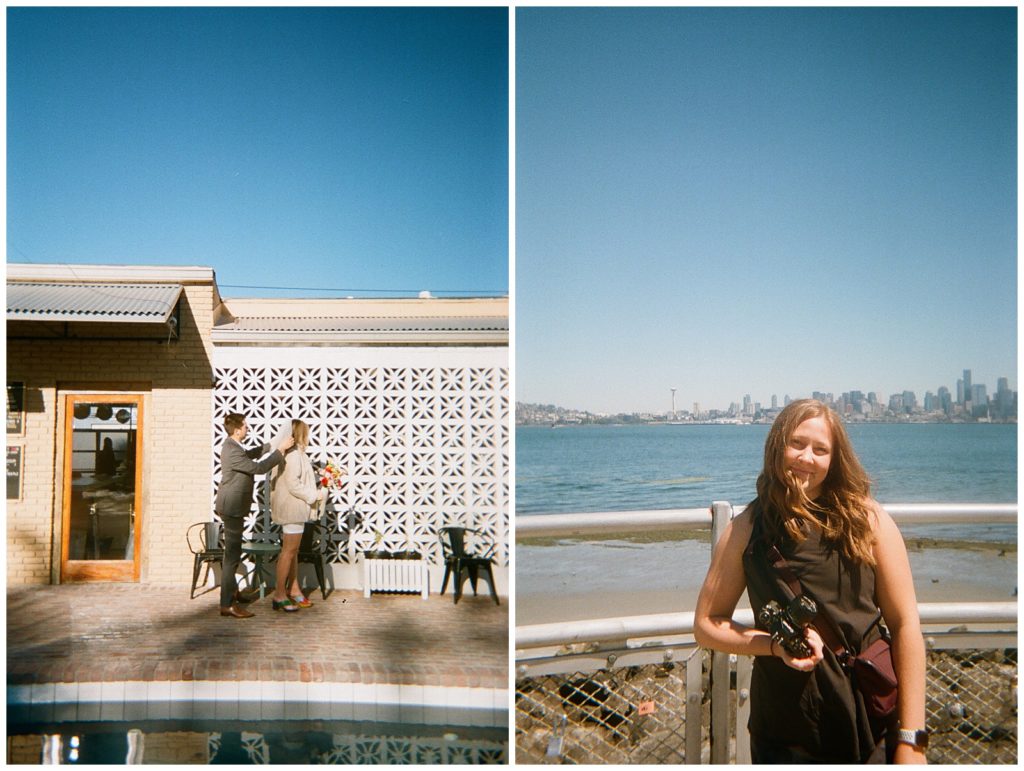
Pros: The auto function, high-powered flash, and film speed make these easy to use. The film in disposable cameras is great. They generally use an 800 ISO stock, so they capture movement in more lighting scenarios. The images are soft, but the colors are still a little punchy.
Cons: The convenience of a single-use camera also brings unfortunate waste. Disposables are also bulky if you need to carry more than one.
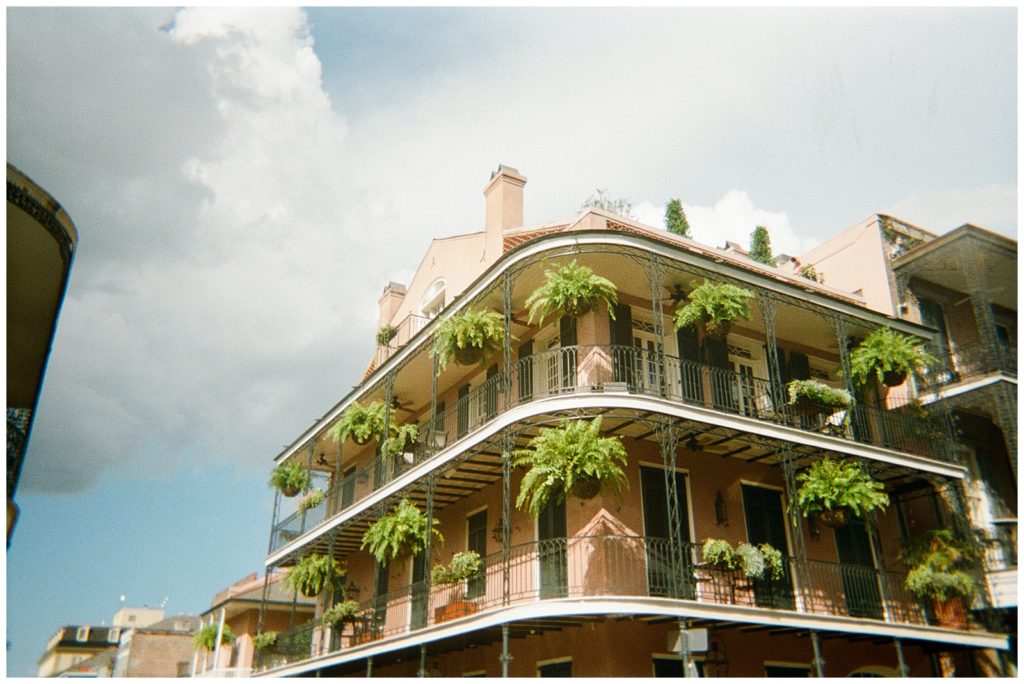
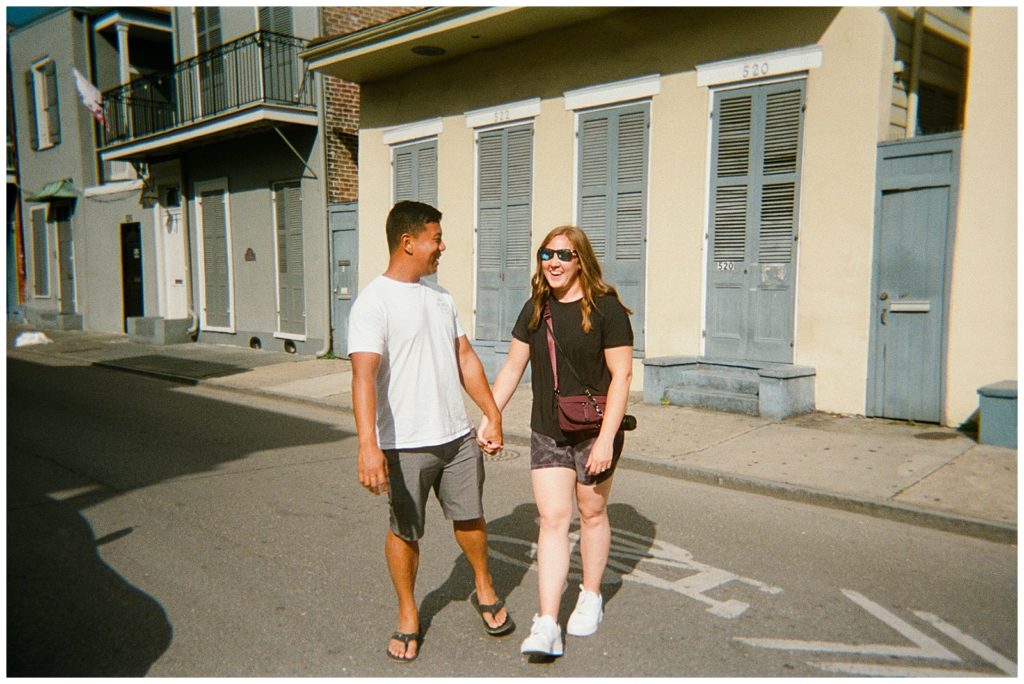
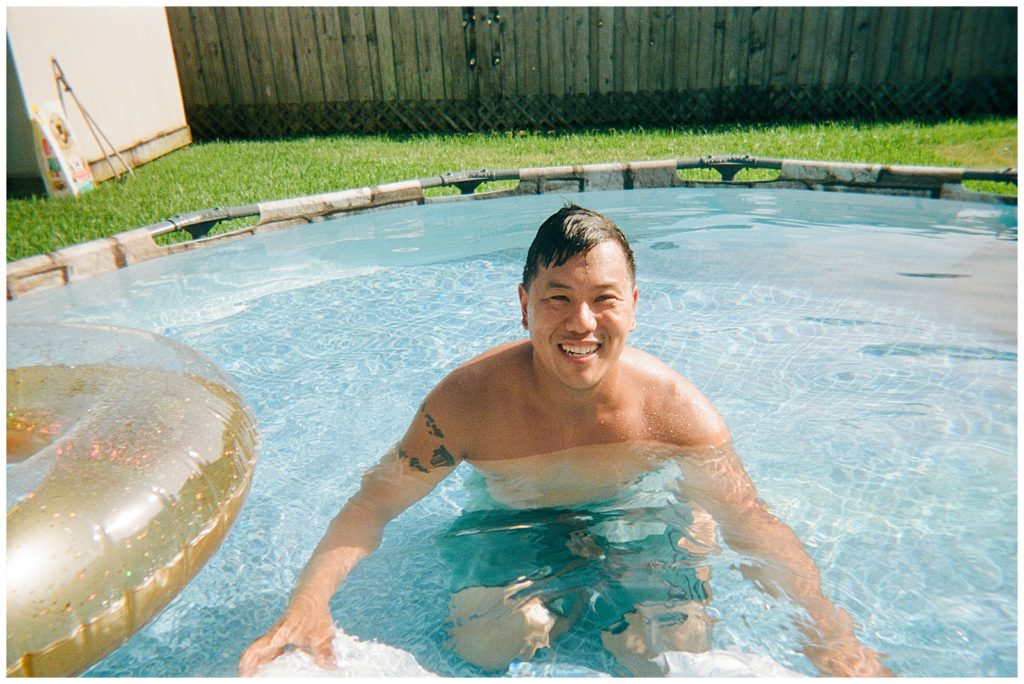
A Film Photographer’s Perspective
There are so many choices when it comes to finding the best film camera, but I try to keep it simple. If I could pick only one 35mm camera to use on a wedding day, I would choose my Pentax K1000. To be honest, a disposable camera with 800 ISO is a close second!
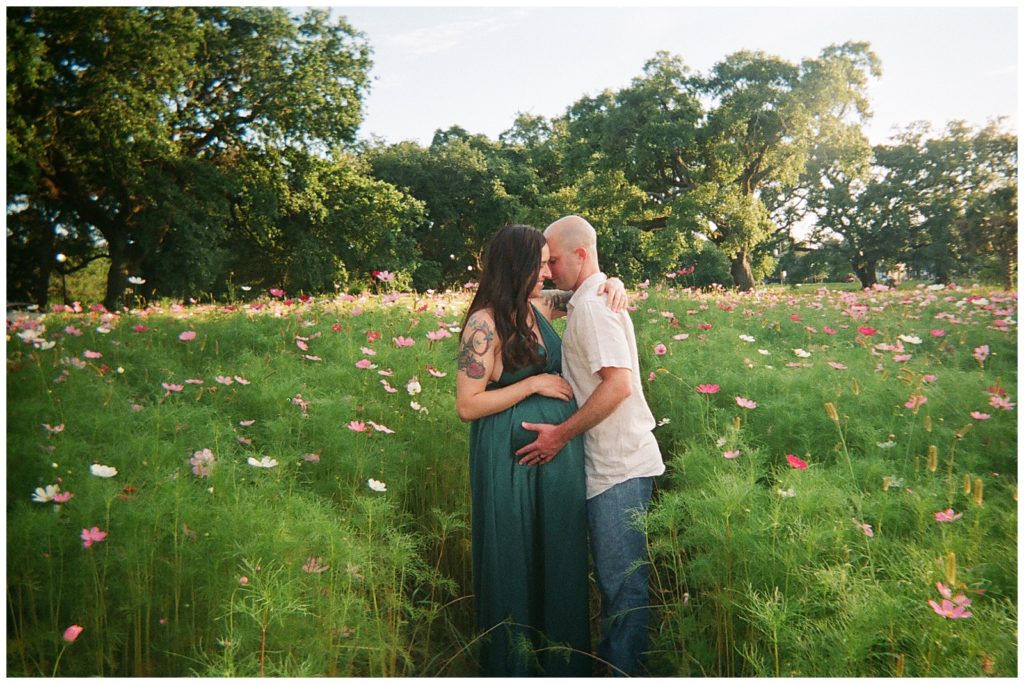
The truth is that there’s no right way to do film. Take time to learn the foundations of and best practices for photography so that you can produce work that you love. Find your style, and embrace the imperfections. If you’re looking for a good place to start learning about film photography, I highly recommend The Film Guide by Immersed Education!
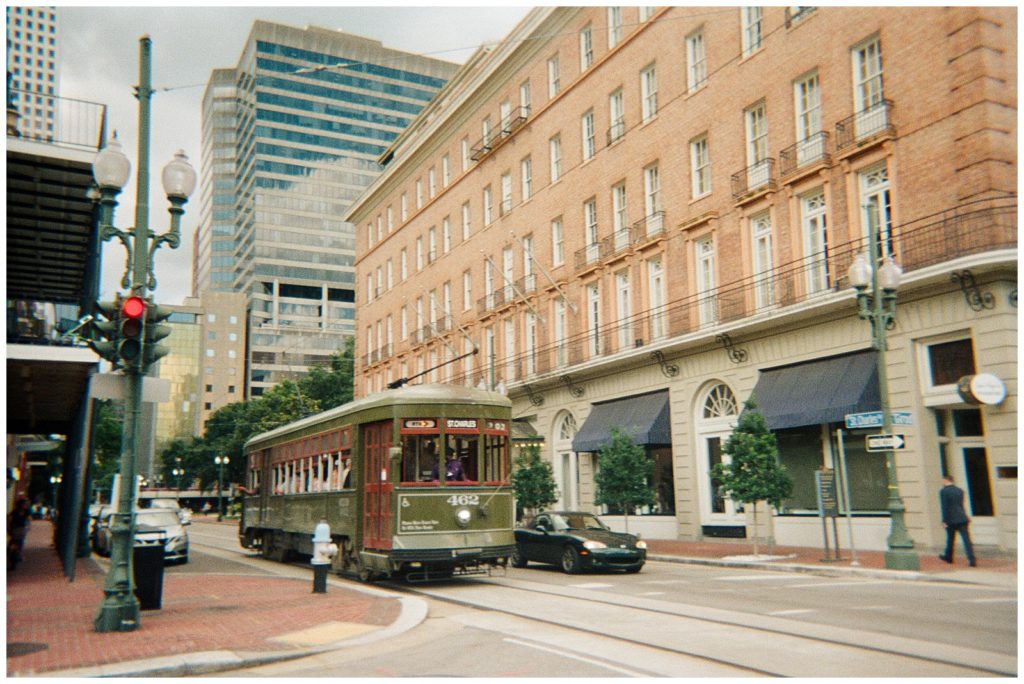
Do you want to see an entire wedding day on film? Check out this Riverview Room wedding on film!

